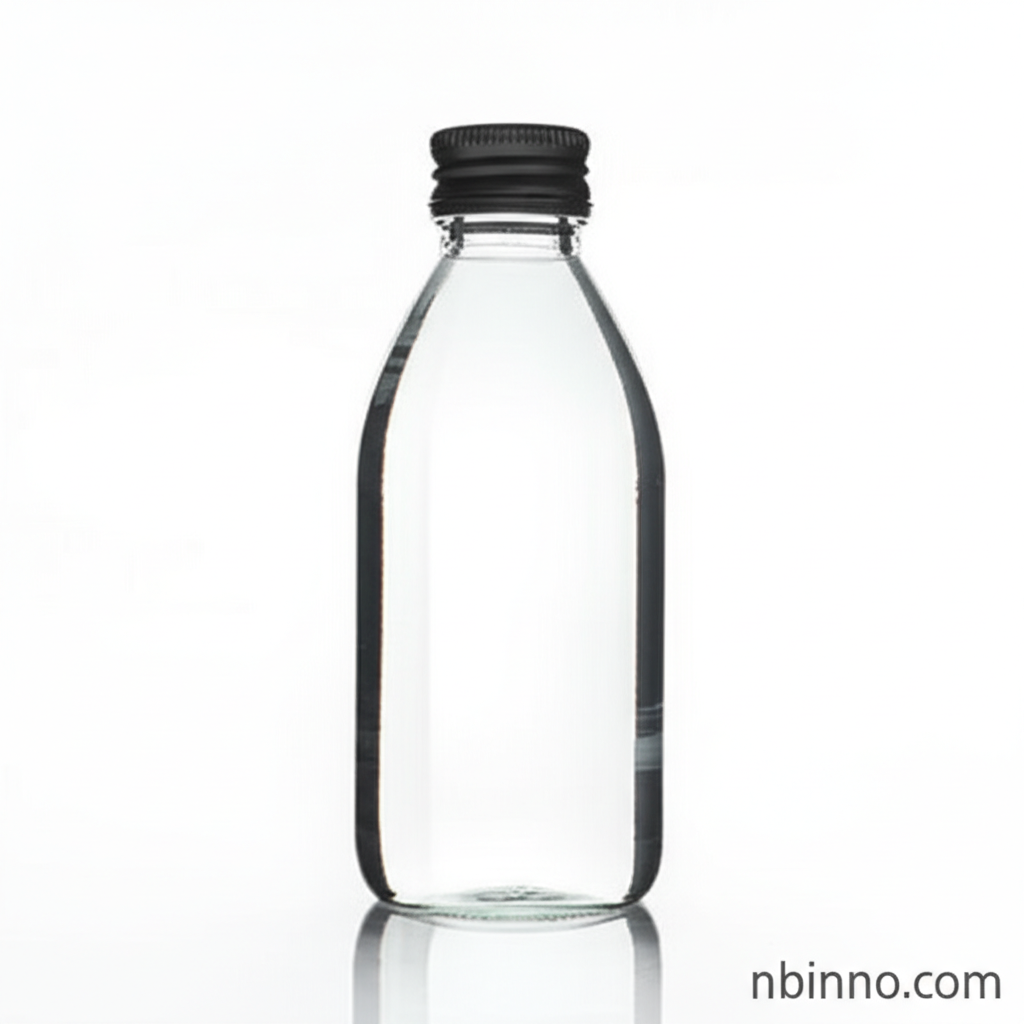Dichloromethane (DCM) in Polyurethane Foam: A Comprehensive Guide
Explore the crucial role of Dichloromethane (DCM), or Methylene Chloride, in PU foam production. Understand its benefits, risks, and the evolving landscape of alternatives for manufacturers. Secure your supply chain and ensure safety.
Get a Quote & SampleThe Dual Role of Dichloromethane in PU Foam

Industrial Grade Dichloromethane
As a premier supplier of specialty chemicals, we offer high-purity Dichloromethane (DCM), a critical raw material for the polyurethane foam industry. As a leading manufacturer, our DCM ensures consistent quality, vital for your production processes. Explore why sourcing DCM from a reliable China supplier is key for cost-effectiveness and availability.
- Efficient Foaming Agent: DCM's low boiling point and high volatility facilitate rapid vaporization, creating fine and uniform cell structures in PU foams, crucial for desirable material properties.
- Effective Solvent: Beyond its blowing action, DCM serves as an excellent solvent for polyols and other formulation components, simplifying the manufacturing process and ensuring compatibility.
- Enhanced Production Speed: The rapid evaporation of DCM contributes to faster curing and demolding times, allowing manufacturers to increase throughput and operational efficiency.
- Cost-Competitive Solution: When sourced from reputable global manufacturers, DCM offers a cost-effective performance advantage compared to many newer alternatives, making it accessible for diverse industrial needs.
Key Advantages and Considerations for DCM Users
Performance Efficiency
DCM's unique chemical properties, including its high solubility in polyol blends and the low thermal conductivity of its gas cells, result in superior insulation performance and consistent foam texture, making it a preferred choice for demanding applications.
Processing Advantages
For procurement managers and formulators, DCM simplifies production lines by acting as both a blowing agent and a solvent, reducing the need for additional additives and streamlining the overall manufacturing workflow. You can buy it in bulk to meet production demands.
Health & Environmental Concerns
While highly effective, DCM is classified as a Group 2A carcinogen by IARC and poses environmental risks. Responsible sourcing and handling, including the use of closed-loop systems and proper ventilation, are paramount for safe handling of DCM in PU production.
Diverse Applications in the Chemical Industry
Polyurethane Foam Production
Essential for manufacturing flexible and rigid PU foams used in furniture, automotive, appliances, and construction. Understanding the methylene chloride polyurethane foam agent properties is key for optimal results.
Industrial Solvent & Degreaser
Widely used in the electronics industry and metal processing for cleaning and degreasing applications, showcasing its versatility as an industrial chemical.
Refrigeration and Air Conditioning
Its properties lend themselves to use in low-pressure freezers and air conditioning devices, though environmental regulations are shifting preferences.
Chemical Synthesis Intermediate
Serves as a valuable intermediate in the synthesis of various organic compounds, highlighting its importance in the broader chemical manufacturing sector.
